The traditional philosophy of the first-mover advantage is dead in today’s startup ecosystem. We are nowadays in the age of open information – sources such as LinkedIn or GitHub make everything open and transparent.
Combined with an abundance of venture capital and that the cost of building software is gradually trending to zero, it is no wonder that new ideas coming out of startups are being copied quicker than ever. In some cases, it takes mere weeks.
Made infamous by Rocket Internet, which copied anything from Airbnb to Amazon to eBay – the “copycat” effect is not new, but it used to be limited to the “simpler” models such as ecommerce. Nowadays, even the more technical models are not insulated.
Being the first movers in the current cohort of LLM startups didn’t insulate OpenAI or Anthropic from January’s ‘DeepSeek shock’, for example. We see waves of hypergrowth startups fighting for the same audience in a very short timespan – for example AI coding startups such as Lovable, Cursor and Bolt are all scaling exponentially at the same time.
Another example is Manus AI, launched last month to much fanfare, which is a clever amalgamation of Claude, Qwen and some off-the-shelf OSS products, and yet to an audience of non-experts it blows even Deep Research out of the water.
Both venture capital investing and company building are undergoing a massive shift – and founders and investors alike will have to adapt or fall into irrelevancy and or be swallowed by bigger platforms. How? By placing a premium on talent and product.
People are your competitive advantage
The unicorns that are being built today will have a commonality – they will be magnets for talent from their early days. The battle for talent – not only in engineering but also in sales, product, marketing – is where the long-term race will be won, and this is a skill that founders will have to master.
Take an example of Lovable – an initially relatively obscure Swedish startup (to tech communities outside of Sweden) was able to attract exceptional talent and assemble them around a common mission, and punched significantly above its weight on a global scale. One lesson from Lovable’s rise is to keep the bar high and empower the best talent. In a way, Stripe offers a great role model: it took them six months to hire their first two people and another six months for the next three to four hires. It has over 8,500 employees today.
In an environment where five, ten, or more companies may be working on similar products, the overall goal remains the same: build something that a community of users and organisations love and can’t do without. The winning team will be the one that simply executes better – and faster. That’s only possible with top-tier talent across every function.
Matching a “lightspeed rate” of product building and scaling
While the cost of building software is going down – the cost of building a great product experience is not, and is arguably rising. Focusing on the product, the workflows, the customer experience, making users’ lives easier in ways that they did not think was even possible – is key. Take an example of Linear, a product that truly stands out for its simplicity and ease of use, its focus on aesthetics, and its ability to streamline workflows for software development teams. In a fairly commoditised space, Linear was able to stand out and out-execute the competition.
Equally important is the decision to think globally from day one. Many of the startups reaching $10s of millions in ARR within a year were built for a global customer base from the outset. They did it by establishing integration, distribution or co-marketing partnerships with other companies with global reach, by aiming for enterprise adoption quickly, and by adopting marketing strategies that speak to a common, worldwide audience.
A playbook for a new era
The commoditisation of ideas in early-stage technology isn’t going away anytime soon. That should give founders clarity. It signals that what separates successful startups isn’t who had the idea first but who can build the best team, move the fastest, scale the smartest, and stay laser-focused on product.
First-mover advantage may be dead, but a new blueprint is emerging: take your time to look for and nurture world-class talent, focus on product, and build globally from day one. We needn’t mourn the first-mover advantage. It’s a chance for founders to adopt a new playbook and rewrite what success looks like.
Thomas Cuvelier is partner, US & Europe at RTP Global.
The post Founders needn’t mourn the first-mover advantage appeared first on UKTN.



